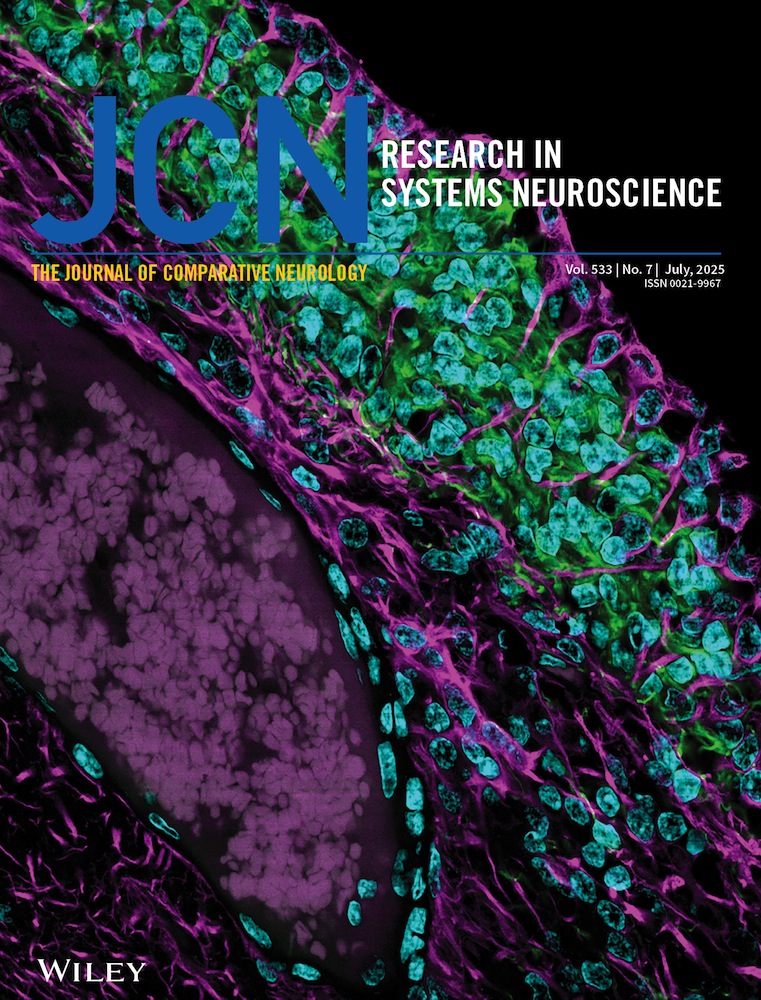Regenerating retinal axons of goldfish respond to a repellent guiding component on caudal tectal membranes of adult fish and embryonic chick
Abstract
On a substrate of rostral/caudal tectal membrane stripes of adult fish, regenerating temporal retinal axons avoid the caudal membranes. Thus they behave like embryonic chick axons on chick E9 membranes. The caudal membranes of adult fish contain a repellent component that, as has previously been shown in the chick, is inactivated by the enzyme PI-PLC. Fish axons respond not only to their own but also to the repellent component of embryonic chick membranes. Fish and more so chick E9 caudal membranes have an outgrowth reducing effect on fish axons that is also abolished by PI-PLC treatment and is weaker on chick E16 membranes. Thus adult fish tecta express a guiding component for retinal axons related to that in the embryonic chick.




